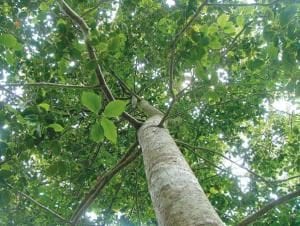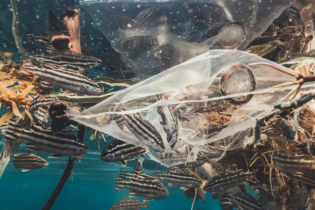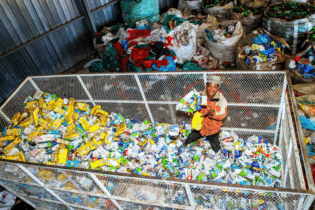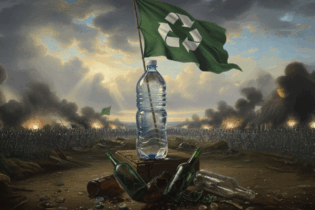With South Africa as a gateway to Africa, corporate SA should generate a proactive view toward changing and growing the country. And upliftment through sustainability is an ideal way to start.
South Africa, like most developing countries, is tainted with labels of crime, corruption, controversial politics and racial tension. But for most, SA is so much more. It is a country of diversity, beauty, creativity and endless opportunities for growth. An inspirational campaignLaunched on 1 June 2011, pulp and paper producer, Sappi, have come up with an inspirational feel-good campaign that aims to remind local citizens that the country is still alive with possibilities. Bernhard Riegler, Sappi general manager marketing, paper and paper packaging, says that at the organisation, no idea is too small, and any idea can have a huge impact. “Our ‘Plant a seed, grow and idea’ concept is about generating a positive and proactive view toward changing and growing this country, and we want all South Africans to embrace this view,” he continues. Riegler’s view however is not entirely focused on environmental issues but rather growing the country in terms of making it a better place through programmes that support entrepreneurs, and through job creation, which will help improve communities and inevitably the country as a whole. Making a difference
The campaign urges corporates and citizens to invest in it by coming up with ideas that could make SA country better. The ideas can be submitted via competitions such as Sappi’s Ideas That Matter campaign, and many other corporate-run or entrepreneurship competitions that uplift the country. ‘Plant a seed, grow an idea’ is being spread to the public via print and broadcast media platforms, and to corporate through direct communication drives. “By realising that it is precisely the challenges in our country today that is making South Africa one of the most exciting places on the planet. History has proven many times over that great triumphs start from great difficulties, the best opportunities evolve from tough times and big dreams started somewhere with a small idea,” Riegler explains. The challenges referred to in his statement include the negativity portrayed about SA. International guests were surprised at the hospitality and beauty of SA during the 2010 FIFA World Cup, and Riegler believes it’s high time that South Africans appreciate their country and work at making it better. “We want to encourage South Africans to recognise that the potential for positive change and a better future starts with and within each one of us, regardless of age, gender, race, culture or educational background,” he reiterates.
It starts by choosing to think, speak and act positively, by realising that nothing new (great ideas) can grow, bloom or bear fruit unless the right seed (positive thoughts, words and actions) has been planted in the soil.
Sappi is also involved in other projects such as Ideas That Matter and the Abuse is Abuse campaigns, both of which have received excellent public response. “We are inspired by life and South Africa,” Riegler says, “and we believe that each one of us has the capacity to spearhead change by coming up with new ideas on how to make this wonderful country of ours even better.” SAPPI fast factsSappi own, manage and lease over 550 000ha of land in Southern Africa. This land is very productive – tree growth rates are 10x faster than in the northern hemisphere. The tree improvement programmes have resulted in 15% higher yield per tree over the last 15 years.
34% of the land owned by Sappi is unplanted and managed for biodiversity conservation. More than one tree is planted for every tree harvested to ensure sustainability. All this at approximately 1/6 the land area of the northern hemisphere and tropical forests. Nearly 50% of the energy used to make paper by Sappi comes from the raw material – the wood chips. This means the energy is renewable, non-fossil, and carbon neutral. Sappi’s paper mills draw wood from this huge ‘machine’ – 550 000ha plantations. This ‘machine’ absorbs 13 million tons of CO₂ annually, and produces 8 million tons of CO₂ annually.








